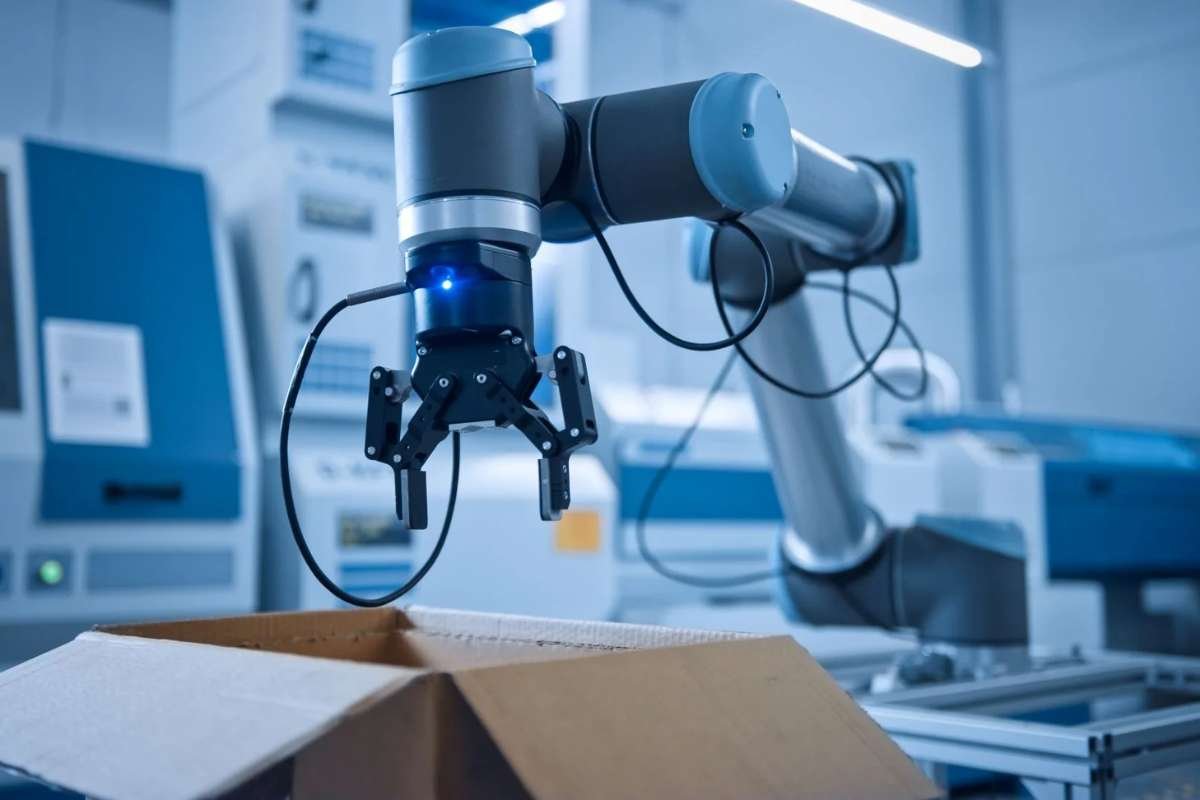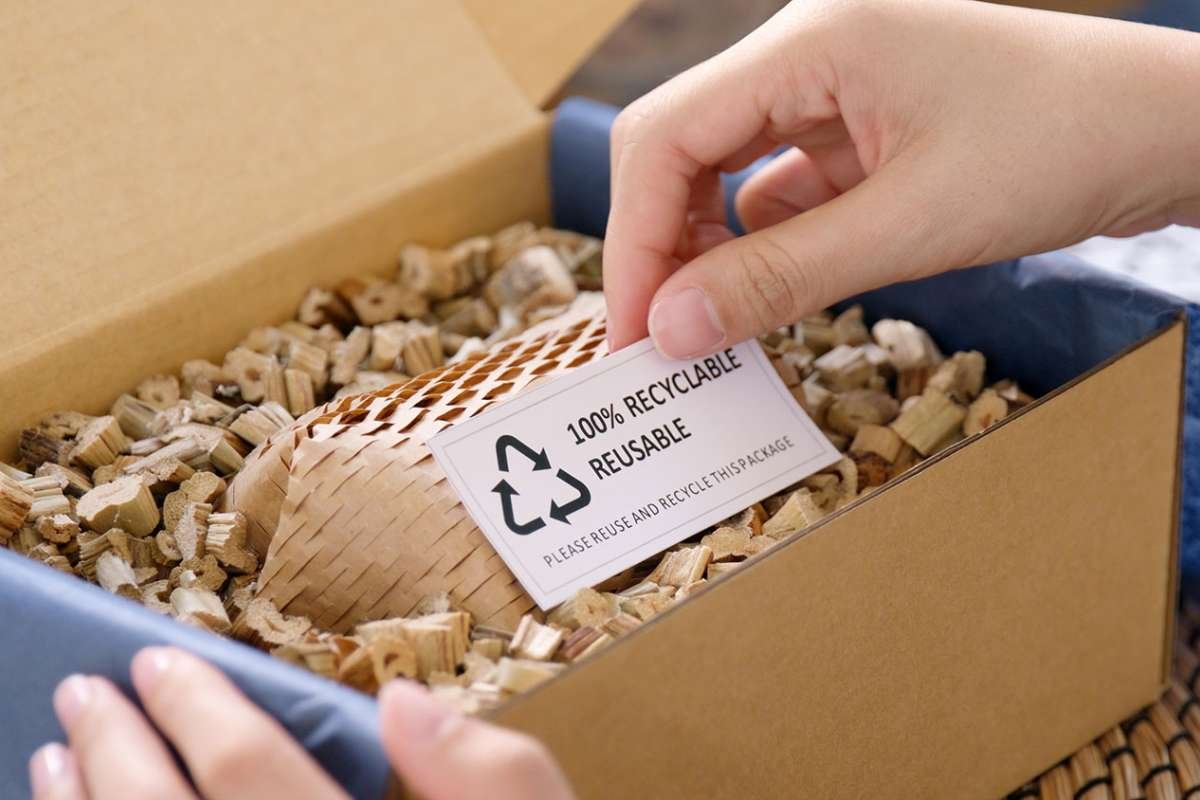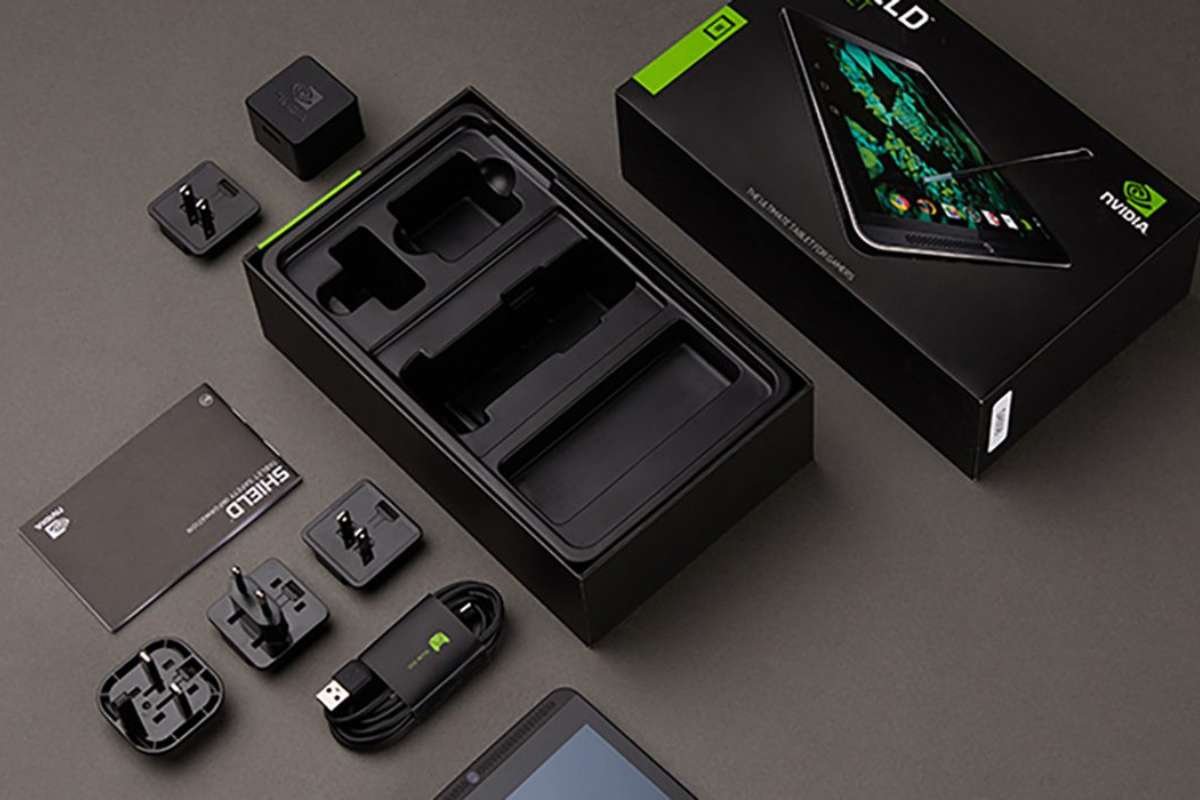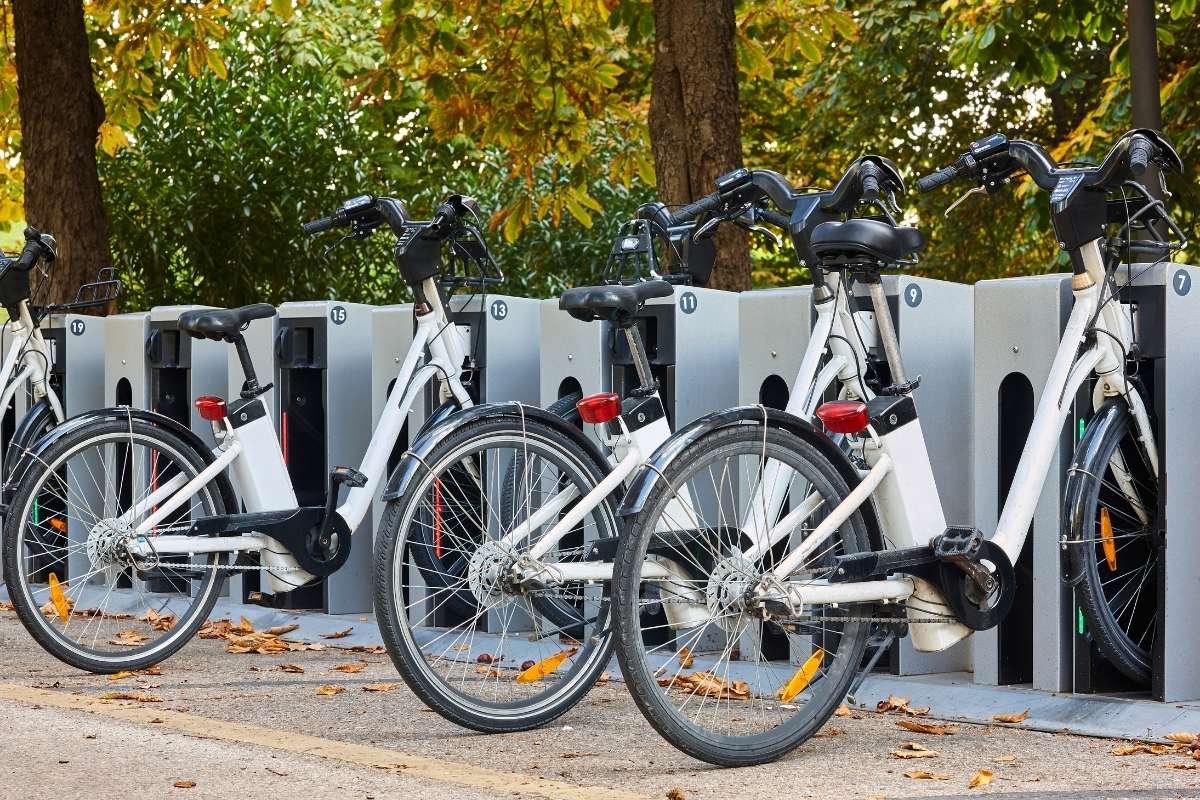The packaging industry in California has transformed dramatically over the past century, shifting from simple wrapping materials to advanced, sustainable, and digital packaging solutions. This blog explores the history, current state, and future trends shaping California’s packaging sector.
The packaging industry in California has grown from basic paper wraps and tin cans to high-tech, sustainable, and digital packaging systems. With increasing demand for eco-friendly solutions, digital printing, and customization, California is leading the U.S. in packaging innovation.
The Origins of Packaging in California: A Historic Overview
The journey of the packaging industry in California began in the late 1800s when agriculture and canned food industries demanded protective packaging. Back then, packaging was limited to materials like glass bottles, metal tins, wooden crates, and waxed paper.
During the early 20th century, the rise of industrial production and consumer goods accelerated packaging development. The expansion of agriculture in the Central Valley also drove the need for reliable packaging to preserve produce during long-distance transportation.
By the 1950s, California’s food and beverage sector was booming. The introduction of plastic, cardboard cartons, and flexible packaging marked a new chapter. Convenience, mass production, and shelf appeal became top priorities.
Packaging in the Present Day: Innovation Meets Sustainability
Today, California’s packaging industry is a hub for innovation. It’s influenced by Silicon Valley’s tech ecosystem, environmental regulations, and changing consumer preferences.
1. Sustainability is a Priority
California is known for its strict environmental standards. Single-use plastics are being phased out, and packaging companies are switching to compostable, recyclable, and reusable materials. There’s also growing support for zero-waste packaging programs and circular supply chains.
2. Digital Printing and Smart Packaging

Digital printing allows businesses to create custom packaging in smaller quantities with faster turnaround. QR codes, NFC chips, and interactive designs are being used to enhance customer experience and brand storytelling.
3. Rise of Local and Custom Solutions
California businesses now seek personalized packaging to match their brand identity and product line. As a result, manufacturers are offering tailored services like custom labels in California to help small and large brands stand out on retail shelves and online platforms.
4. E-commerce Drives Change
With the boom in online shopping, packaging now serves multiple roles — protection, unboxing experience, and brand presentation. Lightweight, durable, and easy-to-open designs are in demand more than ever.
Packaging and Environmental Regulations in California
California is at the forefront of eco-friendly legislation. The California Recycling and Plastic Pollution Reduction Act mandates producers to minimize single-use plastic and invest in sustainable packaging practices.
The SB 54 bill, also known as the Plastic Pollution Producer Responsibility Act, requires packaging to be recyclable or compostable by 2032. This law has pushed the packaging industry toward faster innovation and long-term accountability.
Large retailers and suppliers are already adapting, and packaging companies are responding with eco-conscious materials, reduced plastic usage, and lifecycle assessments.
The Future of Packaging in California: What Lies Ahead?
The future of packaging in California is tech-driven, data-centric, and green. Here’s what the next decade might bring:

1. Smart Packaging Will Become the Norm
Expect growth in smart labels that monitor temperature, freshness, and authenticity. These innovations are crucial for food, pharma, and luxury goods industries.
2. Automation and AI Integration
Packaging production lines will become more automated, with AI handling design optimization, waste reduction, and predictive maintenance. This will reduce operational costs and improve consistency.
3. Biodegradable and Edible Packaging
With plastic bans tightening, materials like seaweed-based films, mushroom foam, and corn starch packaging are gaining popularity. Edible packaging could also emerge as a niche solution for snack brands.
4. Hyper-Customization with 3D Printing
3D-printed packaging components will allow even more creative freedom. From custom inserts to shaped containers, brands will be able to align packaging design with marketing campaigns in real-time.
Packaging Trends Unique to California’s Industries
California’s economy is diverse — from wine and wellness to tech and cannabis. Here’s how that affects packaging:

- Wine and Beverages: Premium labeling, temperature-indicating caps, and tamper-proof seals are growing trends.
- Tech Products: Minimalist, eco-conscious designs with anti-static features are popular for electronics.
- Health and Wellness: Clean packaging, often made from post-consumer materials, aligns with eco-conscious consumer values.
- Cannabis: Highly regulated, the cannabis industry needs packaging that is secure, compliant, and often child-resistant — but still attractive.
Why California Is Leading the Packaging Revolution?
- Innovation Ecosystem: Proximity to Silicon Valley and design hubs like Los Angeles drive creativity.
- Regulatory Push: Laws demand sustainable practices, pushing the industry toward rapid evolution.
- Consumer Awareness: Californians are highly eco-conscious, influencing brand strategies and packaging choices.
- Diverse Market Needs: From tech startups to organic farms, there’s demand for a wide range of packaging styles and technologies.
Final Thoughts
The packaging industry in California has evolved from basic functionality to a sophisticated blend of sustainability, tech, and personalization. What started as a means of storage has turned into a dynamic medium for branding, compliance, and customer engagement.
With rapid shifts in technology and consumer behavior, Packaging industry in california will continue to set national and global trends. Whether it’s smart tags or plant-based plastics, one thing is clear: the future of packaging here is innovative, sustainable, and customized.






